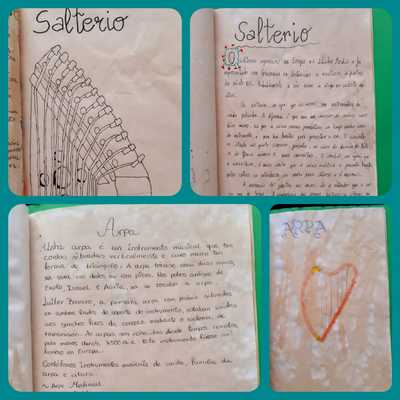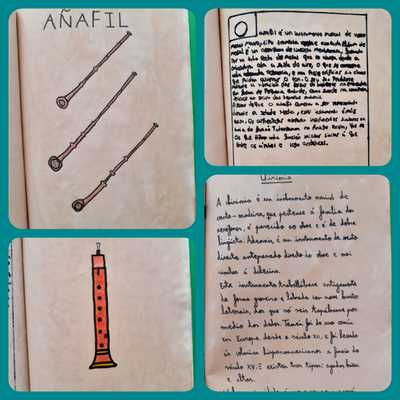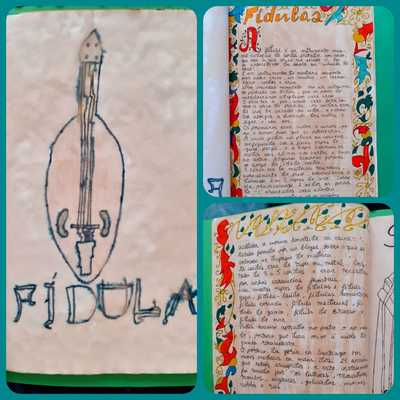INSIDE SANTIAGO DE COMPOSTELA CATHEDRAL: RESEARCH ON ITS ARCHITECTURE AND ART
As part of the Erasmus+ Project “UNESCO Passport”, the Spanish students have carried out an interesting research on the architecture and art of Santiago de Compostela Cathedral.
The current sanitary situation did not stop them from working in this activity about one of the most important landmarks in Galicia. As you might know, the cathedral is considered to be the burial place of Saint James the Great, the apostle of Jesus Christ. It is also one of the only three known churches in the world built over the tomb of an apostle. Nowadays, the Old Town in Santiago is considered a World Heritage site in Spain.
Santiago de Compostela Cathedral has historically been a place of pilgrimage on the Way of Saint James since the Early Middle Ages and marks the traditional end of the pilgrimage route. The cathedral has a Romanesque structure, with later Gothic and Baroque additions.
The Spanish students have approached the Romanesque and Gothic architecture and art, trying to visualize and exemplify the most remarkable differences between both styles.
In the first part of the work, the students made a series of posters in which they explained the architectural particularities, focusing on the arches, buttresses, windows, rose windows and the various ways of representing religious scenes in painting and sculpture inside the cathedral.
With all this information they had to catalog a series of photographs in order to identify features from both styles. The last part consisted of creating original murals, albums or presentations based on 18 photographs that had to be imitated, or in Polaroid format.
Their creations show beautiful images, including the Pórtico da Gloria, an early work of Romanesque sculpture, created by Master Mateo in 1188.
Have a look of the final result!
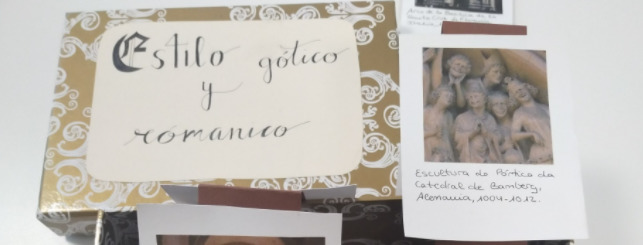
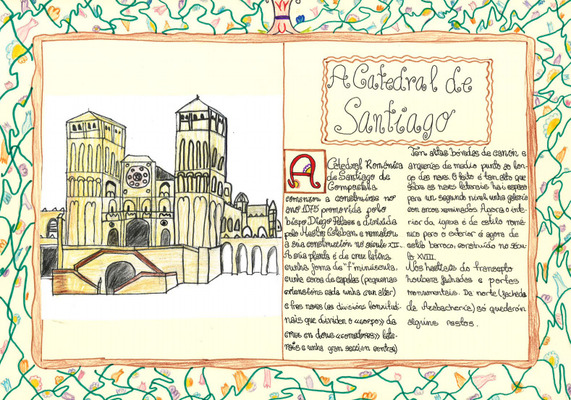
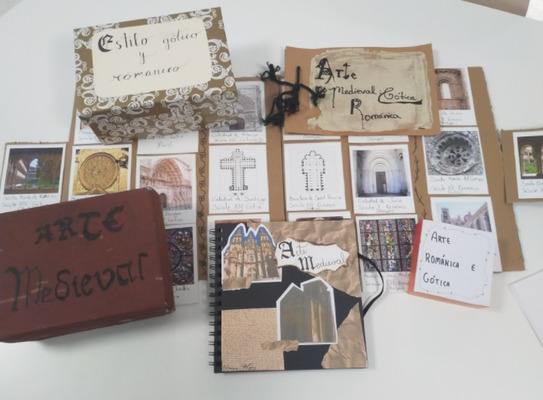
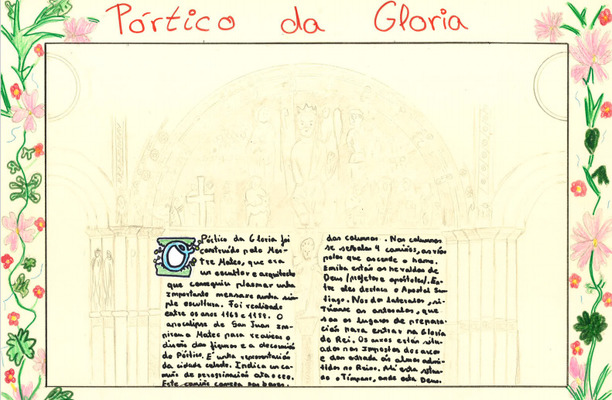
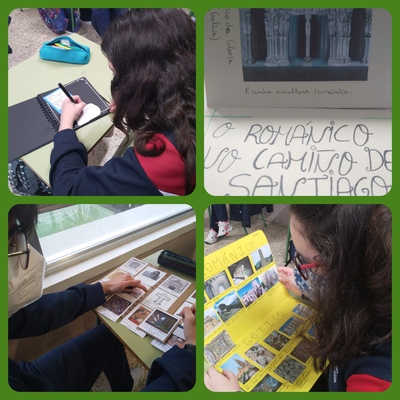
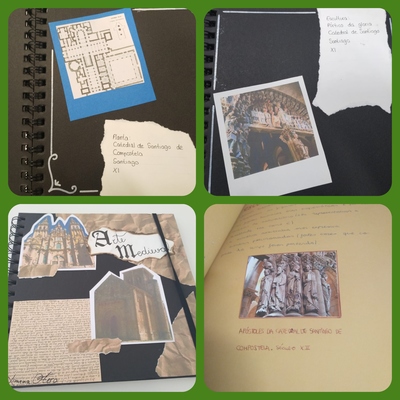
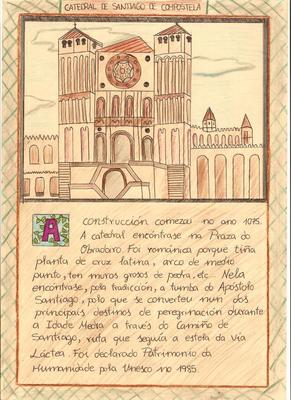
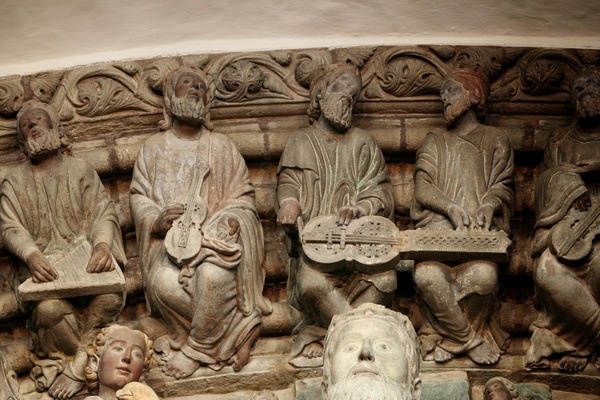 INSTRUMENTS IN THE PÓRTICO OF GLORY
INSTRUMENTS IN THE PÓRTICO OF GLORY
Continuing with the Erasmus+ project "UNESCO Passport" the Spanish students from 3rd grade of Secondary Education have carried out a research task about the most outstanding instruments of the Pórtico of Glory and other medieval instruments which are representative of the epoch. They have investigated about the lute, the viola, the medieval bagpipe and the psaltery, among others.
The activity is directly related to the landmarks that today are considered a World Heritage Site by UNESCO, here in Galicia, Northern Spain. Since the Cathedral of Santiago de Compostela, the Old City and the Camino de Santiago (Way of Saint James) are elements of great importance when we talk about entities considered heritage in our country, everything that has to do with them is also important.This time, music was the protagonist of this part of the project. The students searched for information about the Codex Calixtino and the instruments with which people used to play beautiful melodies back in the Middle Ages. They used all the data which they had collected to create a book with medieval aesthetics, with descriptive texts and images made by hand.In order to get an old look on the paper they wrote on, they aged it with coffee and they also decorated some of the pages with ornaments that were typical in the documents of the time.Here you can see the final result. We hope you like it!
